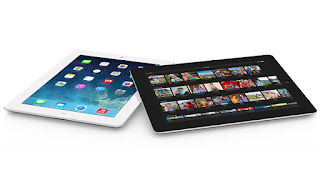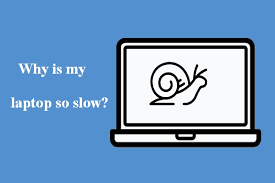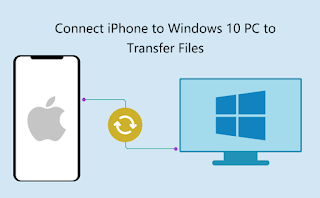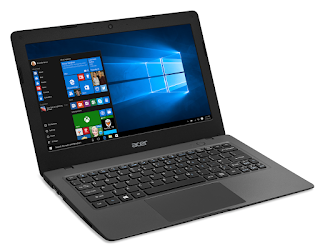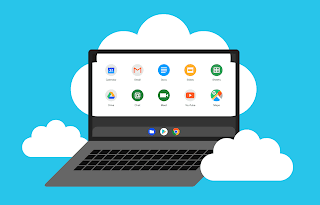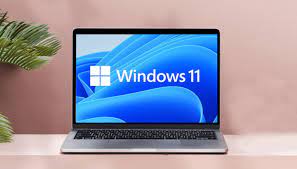These features can help you save battery and get the most out of Microsoft’s latest updates. Whether you use your computer for work or personal life, now is a great time to master some of Windows’ productivity features. These built-in tricks can help you with everything from setting up taskbar shortcuts to saving battery power. Microsoft isn’t usually as candid about its hidden features as Apple, which can sometimes make it harder to figure out how to take advantage of all that Windows has to offer. But we’re here to give you our list of hidden features you can start using today to get the most out of Windows 11. Let’s have a look!

1. Minimize every window except the active window
If your desktop screen is overcrowded with open windows, you can quickly minimize them all except the one you’re currently using. You’ll need to turn this feature on in Windows 11 by going to Settings, System, Multitasking and turning on Window Shaking in Title Bar. Just click on the title bar of the window you want to keep open to select it. Then, hold down the mouse and quickly move the window back and forth — basically shaking it. After a few quick shakes, all other open windows are minimized, leaving only the one you shaken.
2. Open the “Secret” start menu
You know that to get to the Start menu, you need to click the Windows icon at the bottom left of the screen or on the keyboard. But Windows 11 includes a little-known second Start menu, which you can access in two different ways, by pressing Windows key + X or by right-clicking the Windows icon/Start button.
3. Screenshot on Windows 11
There are at least eight different ways to take screenshots with Windows. If you want to capture and save a picture of the entire screen, the easiest way is to press the Windows key + Print Screen key, and the picture will be saved to the Pictures > Screenshots folder.
To capture only a portion of the screen, press Windows key + Shift + S to open a tool called Snip & Sketch, which allows you to click and drag to create a screenshot and save it to the clipboard.
4. Use keyboard shortcuts to open pinned items from the taskbar
If you’ve pinned programs to the taskbar at the bottom of the screen to create shortcuts, you don’t need to click an icon to open them. Instead, use the keyboard shortcut Windows key + [number keys], which correspond to the location of pinned programs on the taskbar.
5. Know how much space an app takes up
The computer starts to run slower due to lack of space. A quick way to speed them up might be to get rid of apps that take up more space than they should, especially if you don’t use them often. To see how much space apps, temporary files, and documents are taking up, navigate to Settings > System > Storage. Click Show more categories to see the full list. To find out what to throw, click Cleaning suggestions to see Windows 11 suggestions.
6. Close background apps to save battery
To control which apps run in the background and save some battery power and data, go to Settings > System > Power & Battery. Tap Battery Saver, then make adjustments to limit certain notifications and background activities while Battery Saver is on.
7. Use background scrolling for multiple windows
The feature should be on by default, but if not, go to Settings > Bluetooth & devices > Mouse and toggle Scroll inactive windows to On when I hover over them. You can then mouse over the window in the background and use the wheel to scroll.
8. Show File Extensions in File Explorer
Microsoft hides file extensions by default, making it difficult for people who need to find certain types of files. To view file extensions in File Explorer:
1. Using Search in the taskbar, type File Explorer Options, and then click it.
2. In the pop-up window, click the View tab.
3. If checked, uncheck the Hide extensions for known file types box. Click Apply, and then click OK.
You can also use the File Explorer options menu to choose to show empty drives, hide files and folders, and more.
9. Use Focus Assist to reduce distractions
It’s frustrating trying to get work done when you’re constantly interrupted by notifications. You can determine how much you get with Focus Assist.
Set it up by going to Settings > System > Focus assistant. Choose from three options: Off, Priority Only (view only selected notifications from your customized priority list, and send the rest to your Action Center), and Alerts Only (hide all notifications except alerts ).
>>>>>>>>>>Laptop battery
Thanks for reading, hope it helps!
Friendly reminder: If you need to replace the battery of device, this battery store will be a good choice: www.batteryforpc.co.uk


